Were the 1980s the Greatest Decade for Marvel?
The 1970s were a turbulent decade for Marvel Comics. While significant characters and storylines like "The Night Gwen Stacy Died" and Doctor Strange's encounter with God emerged, the 1980s witnessed some of Marvel's greatest creators launching seminal runs on their most popular titles. This era saw the rise of Frank Miller's Daredevil, John Byrne's Fantastic Four, David Michelinie's Iron Man, and the pinnacle of Chris Claremont's X-Men, with Roger Stern's Amazing Spider-Man and Walt Simonson's Thor soon to follow. Understanding the enduring legacy of these characters requires acknowledging the profound impact of these creators.
Considering Marvel's history, the 1980s may well represent the company's true golden age. Join us for Part 7 of our exploration of essential Marvel comics!
More Essential Marvel
- 1961-1963 - The Birth of a Universe
- 1964-1965 - The Sentinels Are Born and Cap Dethaws
- 1966-1969 - How Galactus Changed Marvel Forever
- 1970-1973 - The Night Gwen Stacy Died
- 1974-1976 - The Punisher Begins His War on Crime
- 1977-1979 - Star Wars Saves Marvel From Bankruptcy
The Dark Phoenix Saga and Other All-Time X-Men Stories
Chris Claremont's transformative run on X-Men, beginning in 1975, produced some of its greatest stories in the early 1980s. The Dark Phoenix Saga (X-Men #129-137) is arguably the most renowned X-Men tale, and for good reason. Years after Jean Grey's transformation into the Phoenix, the cosmic entity corrupts her, aided by the Hellfire Club, turning her into the Dark Phoenix, a formidable foe. This cosmic saga, penciled and co-plotted by John Byrne, is not only a gripping narrative but also introduces Kitty Pryde (Shadowcat), Emma Frost, and Dazzler. Jean Grey's sacrifice after regaining her senses is a heartbreaking moment, even knowing her eventual return. While film adaptations have fallen short, the saga has been more faithfully represented in animated series like X-Men: The Animated Series and Wolverine & the X-Men.
Shortly after, came Days of Future Past (X-Men #141-142), a famous story featuring the Sentinels, first introduced by Stan Lee and Jack Kirby in 1965. Adult Kitty Pryde travels back in time to prevent the assassination of Senator Robert Kelly, an event that triggers a dystopian future ruled by Sentinels. This impactful two-issue arc has been revisited numerous times, notably in the 2014 film X-Men: Days of Future Past and Wolverine & the X-Men.
X-Men #150 concludes this period's best X-Men stories. A battle between the X-Men and Magneto, nearly resulting in Kitty Pryde's death, leads Magneto to reveal his Holocaust survivor background. This pivotal backstory solidified his character development into a more morally complex figure.
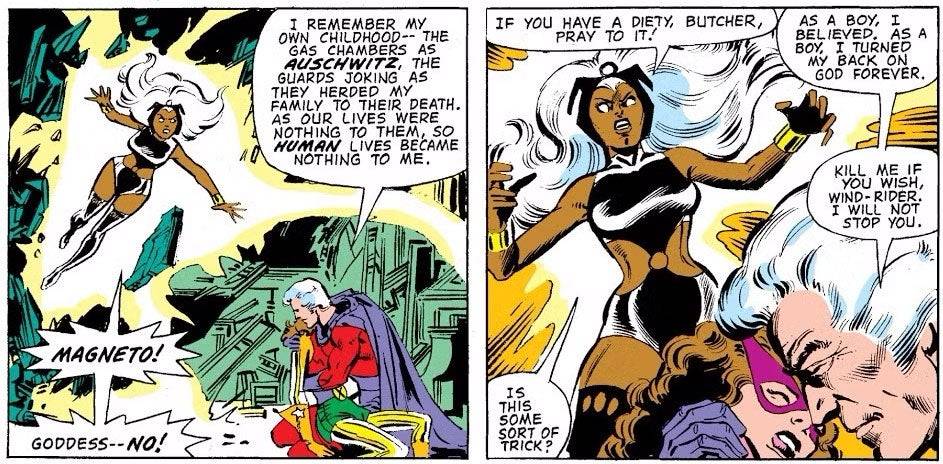
The First Appearances of Rogue, She-Hulk, and the New Mutants
The 1980s also saw the introduction of major characters, including notable female heroes. Rogue, a popular X-Men member, debuted as a villain in Avengers Annual #10, part of Mystique's Brotherhood. This issue features Rogue draining Carol Danvers (Ms. Marvel) of her powers, significantly impacting both characters. It also depicts Carol confronting the Avengers for their inaction in saving her from Marcus Immortus, a moment of significant importance in Marvel history.
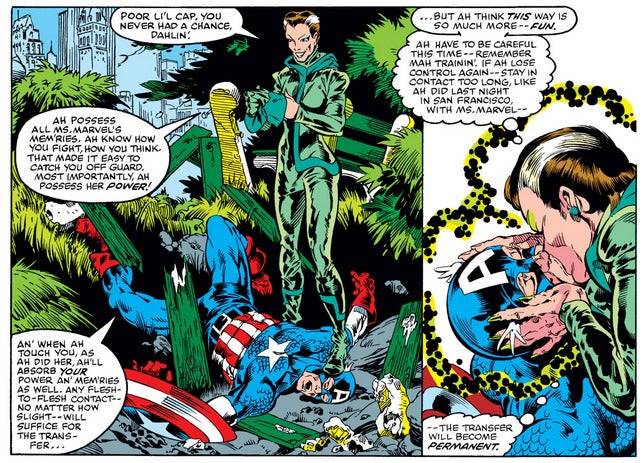
Savage She-Hulk #1 introduced another major heroine, Jennifer Walters (She-Hulk), the last character co-created by Stan Lee during his original Marvel tenure. She gained powers after an emergency blood transfusion following an attack. While her first solo series wasn't stellar, She-Hulk's character evolved significantly when she joined the Avengers and Fantastic Four. Tatiana Maslany later portrayed She-Hulk in the MCU series.
The first X-Men spin-off, The New Mutants, debuted in Marvel Graphic Novel #4 before launching their own series. This team of teenage mutants included Cannonball, Sunspot, Karma, Wolfsbane, and Dani Moonstar (Mirage). Illyana Rasputina (Magik) joined later, with many of her significant storylines occurring during her time on the team.
Iconic Storylines for Daredevil, Iron Man, and Captain America
Daredevil #168 marks a pivotal moment, initiating Frank Miller's writer-artist run. This issue introduces Elektra and Miller's reimagining of Daredevil's mythology. Over the next two years, Miller crafted a gritty, crime noir saga featuring Kingpin as Matt Murdock's nemesis, the introduction of Stick, a battle with the Punisher, and the iconic death of Elektra in #181 (though resurrected later). This run heavily influenced the 2003 film and the 2015 Netflix series.
Two major Avengers also had significant storylines. Iron Man #149-150, the culmination of David Michelinie and Bob Layton's first run, features "Doomquest," Iron Man's first solo battle with Doctor Doom, sending them to Arthurian times. This arc solidified Doom as a key member of Iron Man's rogues gallery.
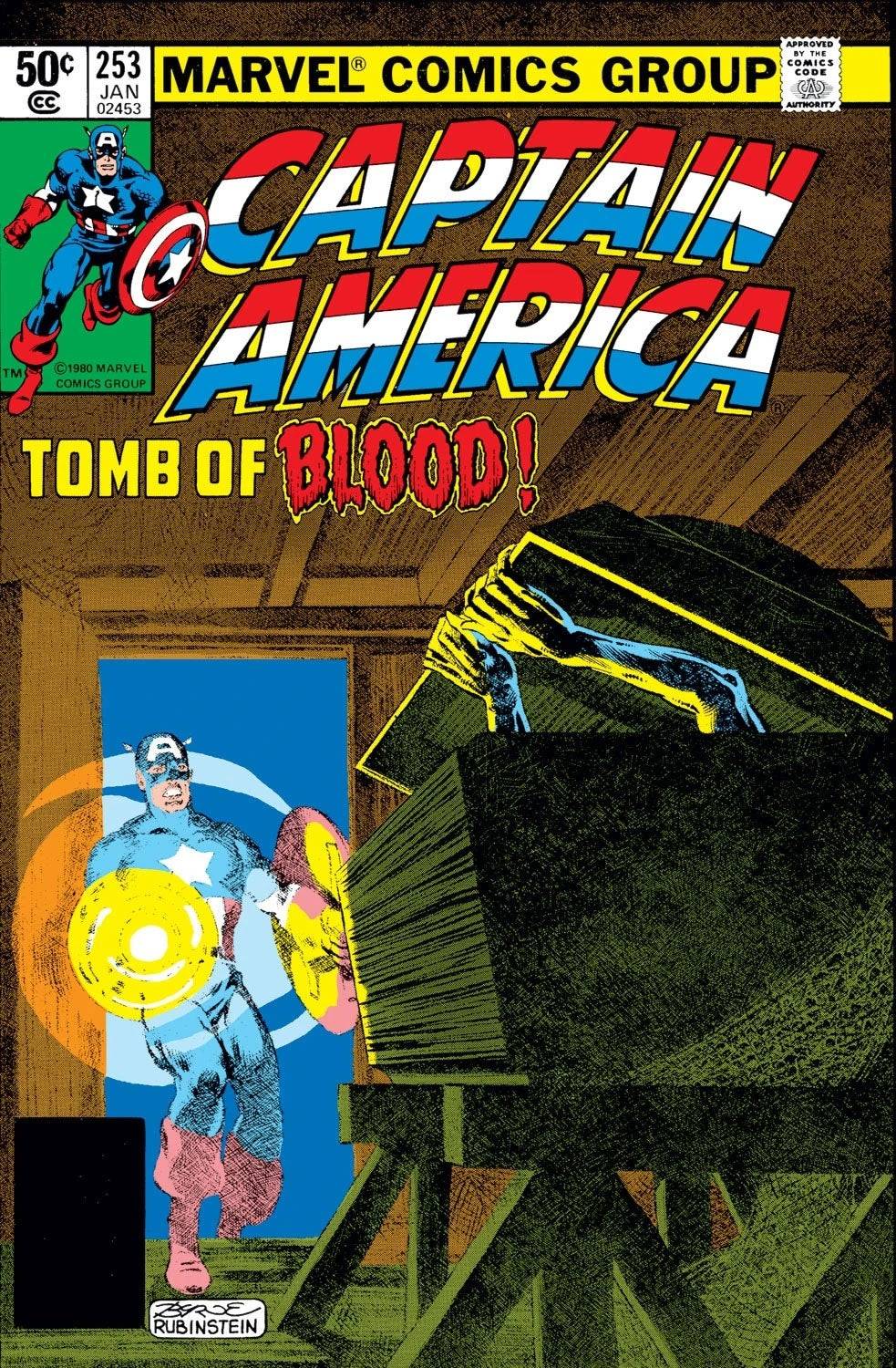
Captain America #253-254, from Roger Stern and John Byrne, features Captain America's confrontation with Baron Blood, a Nazi vampire connected to his time with the Invaders. This darker tale showcases excellent artwork and a powerful conclusion.
Moon Knight Becomes a Hero and Marvel Helps Create the G.I. Joe Mythology
Two more #1 issues round out this era's influential comics: Moon Knight #1 and G.I. Joe #1. While Moon Knight first appeared in Werewolf by Night #32, his own series established him as a heroic figure, developing his backstory and introducing his alternate personalities. All subsequent Moon Knight stories built upon this foundation.
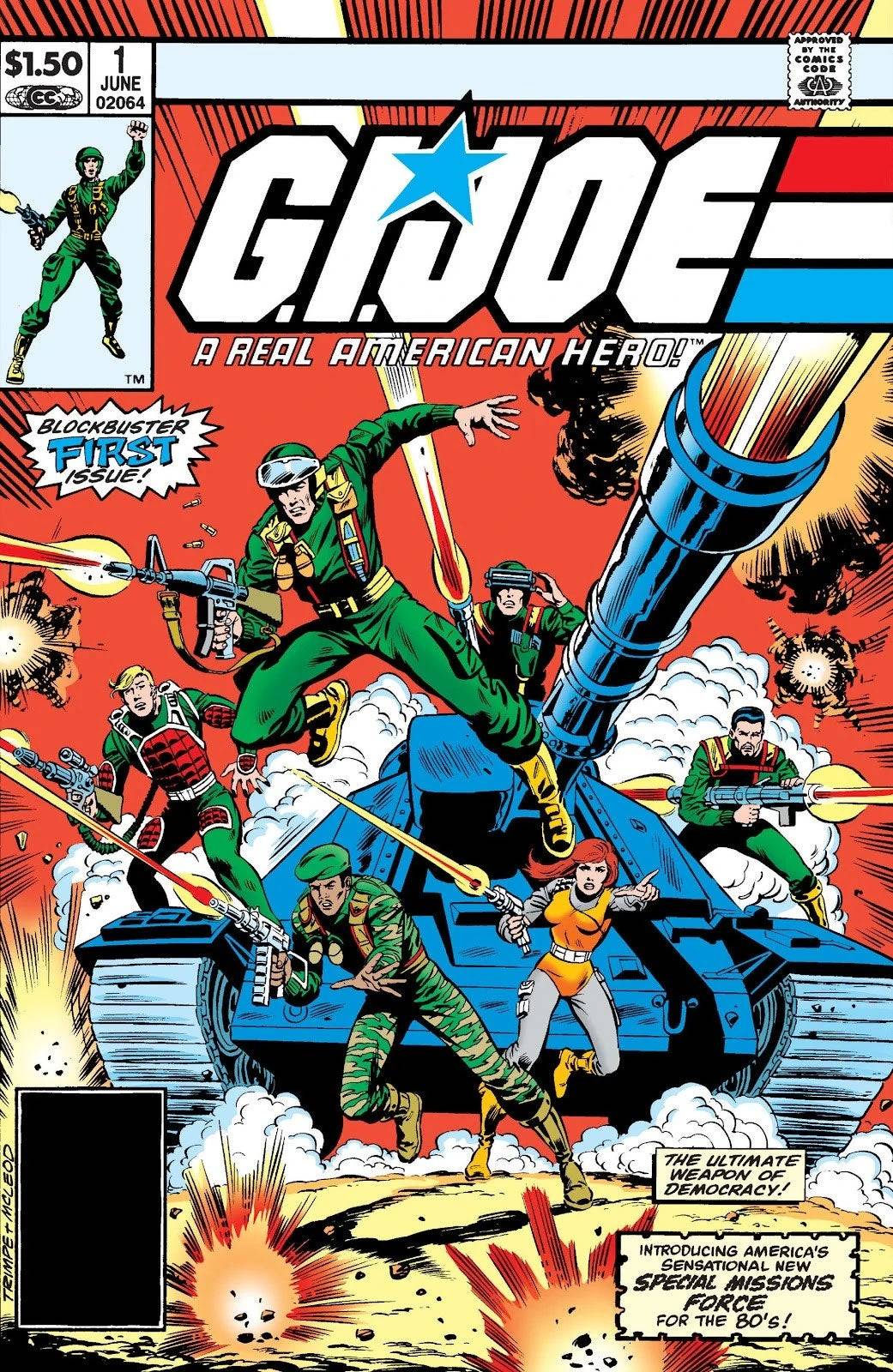
Although Marvel didn't own the G.I. Joe franchise, it played a crucial role in its creation. The tie-in comic, beginning in 1982, saw editor Archie Goodwin conceive Cobra, and writer Larry Hama develop most of the character roster, including iconic figures like Scarlett, Snake Eyes, Storm Shadow, Lady Jaye, and the Baroness. Hama's work made G.I. Joe a popular title, particularly among female readers due to the equitable portrayal of female characters.
-
 Jan 27,25Roblox: Bike Obby Codes (January 2025) Bike Obby: Unlock Awesome Rewards with These Roblox Codes! Bike Obby, the Roblox cycling obstacle course, lets you earn in-game currency to upgrade your bike, buy boosters, and customize your ride. Mastering the various tracks requires a top-tier bike, and thankfully, these Bike Obby codes deliver
Jan 27,25Roblox: Bike Obby Codes (January 2025) Bike Obby: Unlock Awesome Rewards with These Roblox Codes! Bike Obby, the Roblox cycling obstacle course, lets you earn in-game currency to upgrade your bike, buy boosters, and customize your ride. Mastering the various tracks requires a top-tier bike, and thankfully, these Bike Obby codes deliver -
 Feb 20,25Where to Preorder the Samsung Galaxy S25 and S25 Ultra Smartphones Samsung's Galaxy S25 Series: A Deep Dive into the 2025 Lineup Samsung unveiled its highly anticipated Galaxy S25 series at this year's Unpacked event. The lineup features three models: the Galaxy S25, S25+, and S25 Ultra. Preorders are open now, with shipping commencing February 7th. Samsung's web
Feb 20,25Where to Preorder the Samsung Galaxy S25 and S25 Ultra Smartphones Samsung's Galaxy S25 Series: A Deep Dive into the 2025 Lineup Samsung unveiled its highly anticipated Galaxy S25 series at this year's Unpacked event. The lineup features three models: the Galaxy S25, S25+, and S25 Ultra. Preorders are open now, with shipping commencing February 7th. Samsung's web -
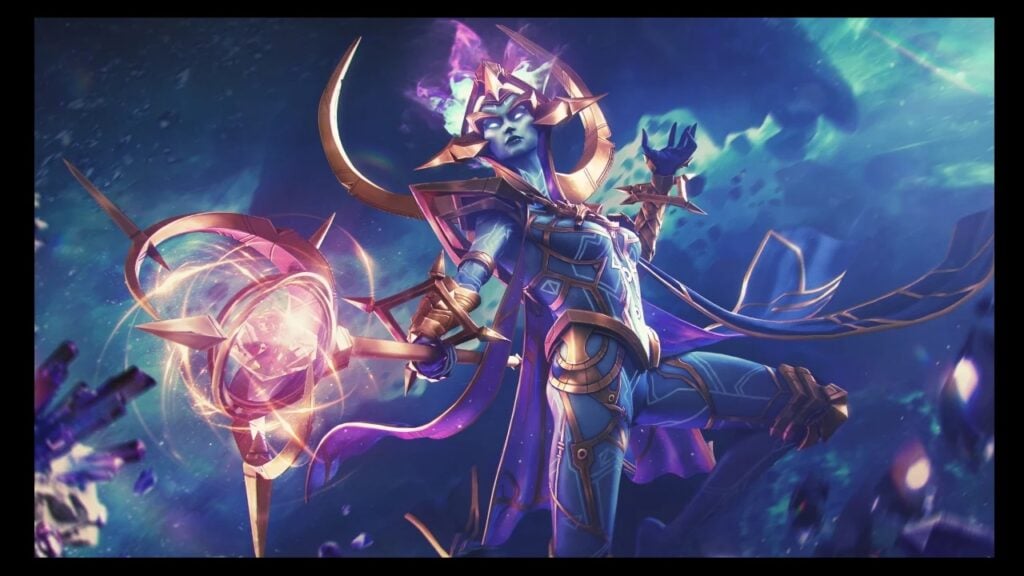 Jul 02,22Isophyne Debuts as Original Character in Marvel Contest of Champions Kabam introduces a brand-new original character to Marvel Contest of Champions: Isophyne. This unique champion, a fresh creation from Kabam's developers, boasts a striking design reminiscent of the film Avatar, incorporating copper-toned metallic accents. Isophyne's Role in the Contest Isophyne ent
Jul 02,22Isophyne Debuts as Original Character in Marvel Contest of Champions Kabam introduces a brand-new original character to Marvel Contest of Champions: Isophyne. This unique champion, a fresh creation from Kabam's developers, boasts a striking design reminiscent of the film Avatar, incorporating copper-toned metallic accents. Isophyne's Role in the Contest Isophyne ent -
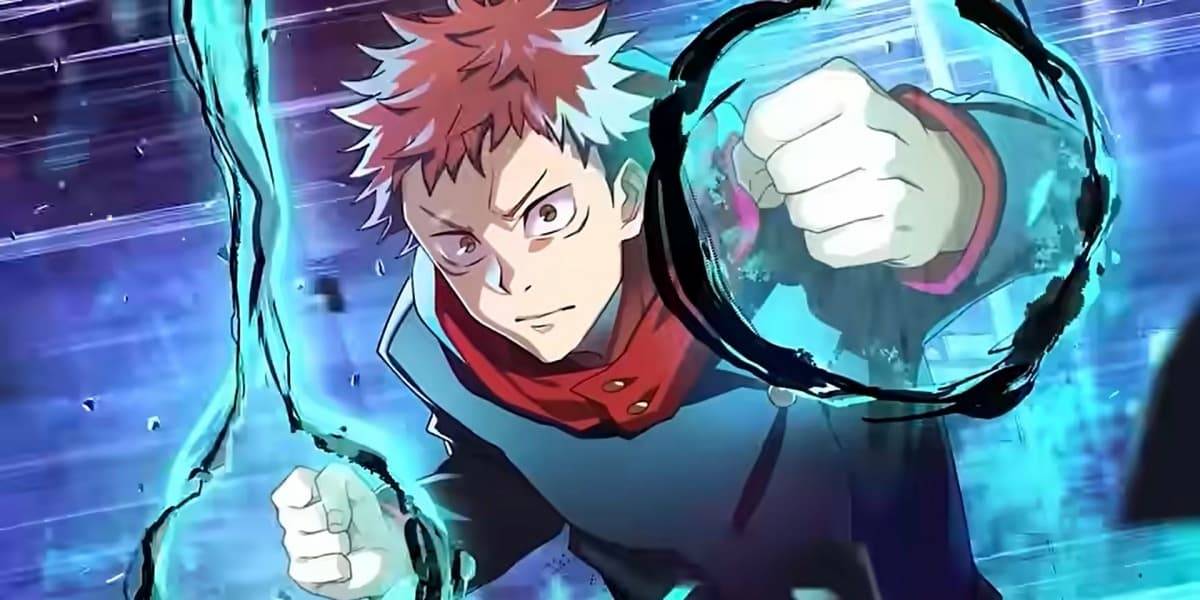 Jan 11,25Jujutsu Kaisen Phantom Parade: Tier List Revealed This Jujutsu Kaisen Phantom Parade tier list helps free-to-play players prioritize character acquisition. Note that this ranking is subject to change with game updates. Tier List: Tier Characters S Satoru Gojo (The Strongest), Nobara Kugisaki (Girl of Steel), Yuta Okkotsu (Lend Me Your Stren
Jan 11,25Jujutsu Kaisen Phantom Parade: Tier List Revealed This Jujutsu Kaisen Phantom Parade tier list helps free-to-play players prioritize character acquisition. Note that this ranking is subject to change with game updates. Tier List: Tier Characters S Satoru Gojo (The Strongest), Nobara Kugisaki (Girl of Steel), Yuta Okkotsu (Lend Me Your Stren
